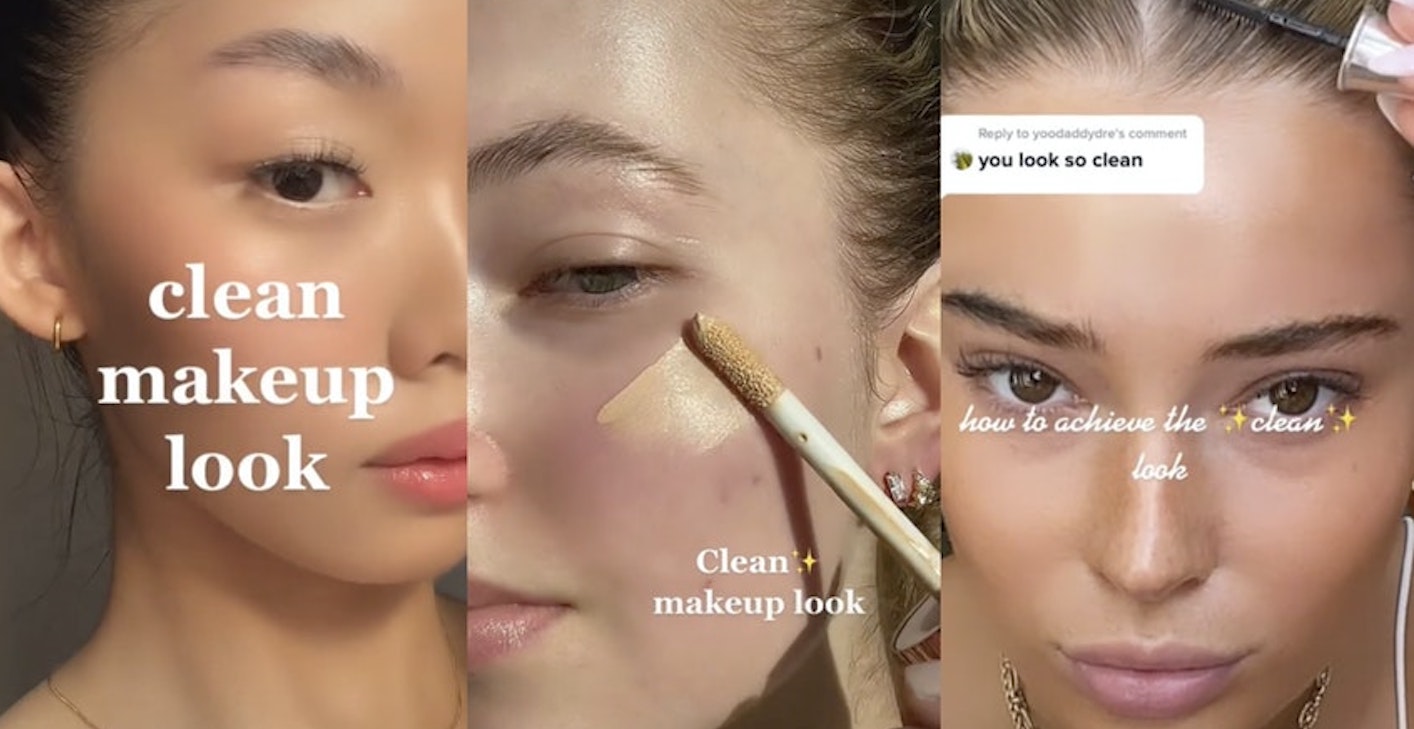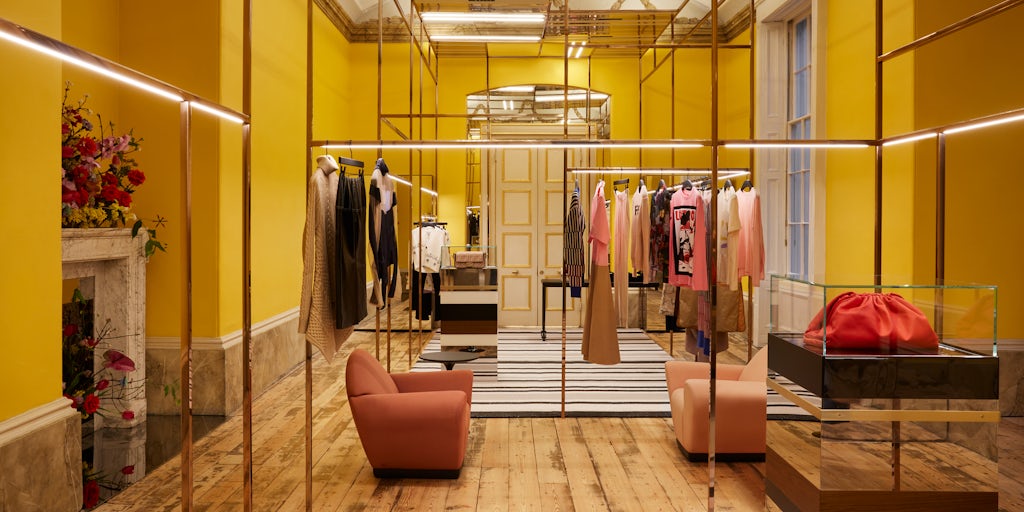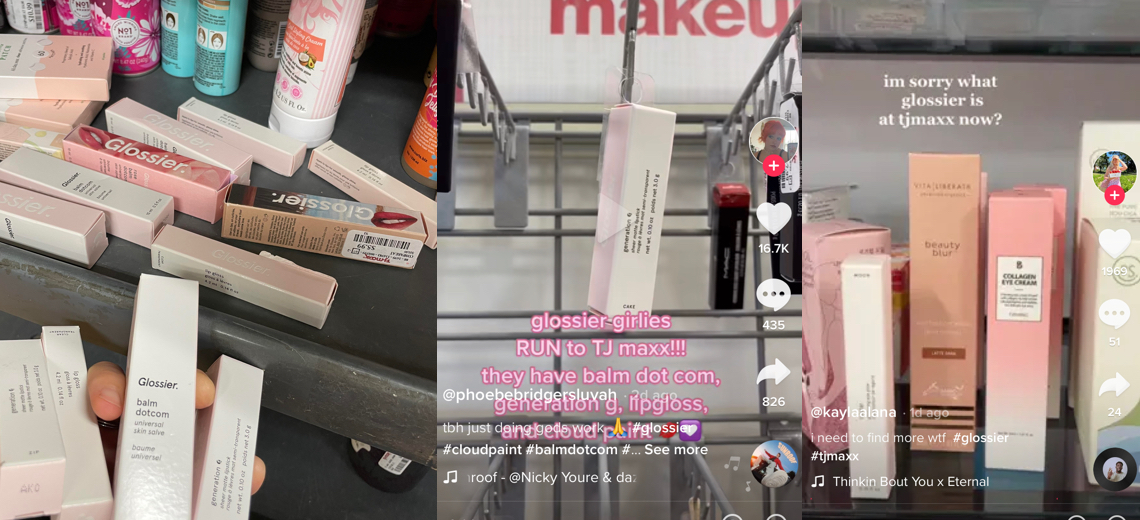‘I don’t even Google anymore, I TikTok’: How TikTok became an aesthetic generator
Over the past 12 months, a vibe shift has taken hold of TikTok. It’s been driven by content creators, and beauty and fashion brands have responded and produced videos for the platform in the same style.
TikTok is evolving more specifically into an aesthetic incubator. “Coastal Grandma,” “Night Luxe,” “That Girl,” and “Clean Girl” are prime examples. These aesthetics go beyond basic beauty trends like “glazed donut skin” or “Jello skin,” and instead represent a lifestyle complete with beauty, fashion and even certain personality traits. One could consider this akin to Pinterest on steroids, wherein people can access aspirational aesthetic ideals.
Though TikTok declined to comment for this story, the platform knows it offers this attraction for users. In February, TikTok launched a feature called Collections, which works similarly to Pinterest’s core functionality. Collections let TikTok users organize their favorite videos into folders; they can save recommendations and organize them into functional categories, making it easier to return to ideas quickly and easily.
Brands across beauty and fashion have tapped into lifestyle aesthetics. That includes Kohl’s and lingerie brand Adore Me with “Coastal Grandma” TikTok videos, Saie Beauty with “Clean Girl” TikToks, and Nudestix with “Y2K” and “Clean Girl” TikToks. The hashtags for these aesthetic trends have racked up, with 12.6 million views, 553.3 million views and 1.2 billion views, respectively.
When Saie first joined TikTok in May 2021, its videos featured product textures. They soon evolved to focus on tutorial-style videos, which made hashtag references to “Clean Girl” beginning in January. Saie has used the hashtag #cleanlook, #cleangirlaesthetic and even #thatgirlaesthetic. The brand currently has approximately 150,000 TikTok followers.
Laney Crowell, founder of Saie, said the brand’s minimalist makeup approach is well-suited to tap into the “Clean Girl” aesthetic. Though the “Clean Girl” look has attracted some controversy, in a nutshell, it is the concept of a no-makeup makeup look taken to a higher degree with simple jewelry; sleek, pulled-back hair; and elegant, earth-tone outfits.
“When that trend was coming up was when we were launching our channel, and our products fit perfectly into that trend,” Crowell said. “We were seeding influencers who love the “Clean Girl” look with our products. … That’s a big way our channel grew, with people searching for the “Clean Girl” look.”
Gone are the days when TikTok was rife with only music and dancing videos. Now, it’s a bonafide search engine. Prabhakar Raghavan, an svp at Google that runs Google’s Knowledge and Information organization, noted during a conference in July that approximately 40% of people ages 18-24 are turning to apps like Instagram and TikTok instead of Google Search and Maps for discovery purposes. As the most profitable search engine in the world, Google search has almost always had a hegemonic role in the beauty industry. From 2017-2018, there were 90 million searches for specific natural beauty ingredients, per Google’s internal data.
Backing up the shift in dynamic between the two platforms, a TikTok video by Anastazia Nash (486,000 followers) that received nearly 150,000 likes announced, “I don’t even Google anymore; I TikTok. … Why would I Google something when I can go to TikTok for a 15-second video and get the full lowdown?”
TikTok’s evolution beyond its Music.ly days indicates how young users are engaging and using the internet differently than previous generations. From a social media and advertising perspective, TikTok will continue to gobble up eyeballs and ad dollars, while Instagram, YouTube and Google attempt to compete by adopting new features. From a brand perspective, this underscored the “always-on” approach they need to have, coupled with richer storytelling in short-form videos.
“A lot of creators and brands are seeing success on TikTok by following trends. That’s how we’ve gained virality for our content,” said Taylor Frankel, founder and chief brand officer for Nudestix. “TikTok is another opportunity to acquire a new community through different trends that you play with, and it’s a great way to test the waters and see what resonates.”
The implications of TikTok’s role as an aesthetic incubator have had wider ramifications for Nudestix, aside from driving its video content. Every Monday, its marketing department hosts a 15-minute “TrendToks” meeting to share TikTok trends people noticed the previous week and determine if there is something worth Nudestix’s participation. Aesthetic trends like “Clean Girl” have also pushed Nudestix to curate product bundles to send to influencers or members of the press and sell to customers, as a way of staying trendy without becoming a fast-beauty brand. In addition, aesthetics like “Clean Girl” and “Y2K” have shown up in the brand’s email marketing, which has 215,000 subscribers.
“It has forced us to be super-reactive with our content, but also reinspire existing products and categories that aren’t necessarily new but fit a certain aesthetic,” said Frankel.
Frankel said tapping into aesthetic lifestyle trends does not necessarily translate to a growing follower base or viral product sales, but exposes the brand to new audiences, given TikTok’s growing search engine usage.
It’s a similar case for Saie, said Crowell.
“If you look up “Clean Girl” on TikTok, you’re going receive better results [than by using a traditional search engine] that are more demonstrative and interesting and entertaining,” she said. “If you think about your Google search strategy, like SEO, and then apply that to TikTok, that’s where you can have gold.”
Angela Simaan, senior director of communications for social media marketing agency Obviously, said that most brand relationships with specific lifestyle aesthetics are still driven by influencers. Brands have grown more comfortable in recent years with yielding content production to influencers and are often used in aesthetic tutorial videos without deliberately trying to align themselves to any particular one.
“In large part, the brands trust in the creators that they know will play well with their audience. [Influencers] understand what is trending on the platforms and what will get the most pickup reach impressions,” said Simaan.
Obviously was founded in 2014 with a focus on Instagram campaigns, but TikTok has become a heavy hitter for the company since 2019. TikTok is now included in approximately 80% of campaigns that Obviously creates for brands.
For example, Kelly Kay, a TikToker going by the username @HoneyBobaBear, has over 8.6 million followers and is well known for her “That Girl” videos featuring home and bathroom organization and beauty routines. “That Girl” typically labels wellness lifestyle videos capturing early mornings, homemade healthy meals and a general sense of living the best version of oneself. To Kay, “That Girl” is inspiring, motivating and working toward whatever an individual feels is their best self.
Kay has worked with skin-care brands Tree Hut and Olay in a paid capacity. She said that most brands reach out and are interested in all types of content she produces. Those interested in the lifestyle element of “That Girl” are particularly interested in showing product routines. For example, the partnership with Tree Hut, which was posted in August, shows Kay’s shaving routine that involves an exfoliator, shave oil and whipped body butter. That video garnered over 34,000 likes and used the hashtag #ThatGirl.
“The platform is a search engine,” she said. “As a creator, you can inspire others to be a better version of themselves with [different] trends.”





